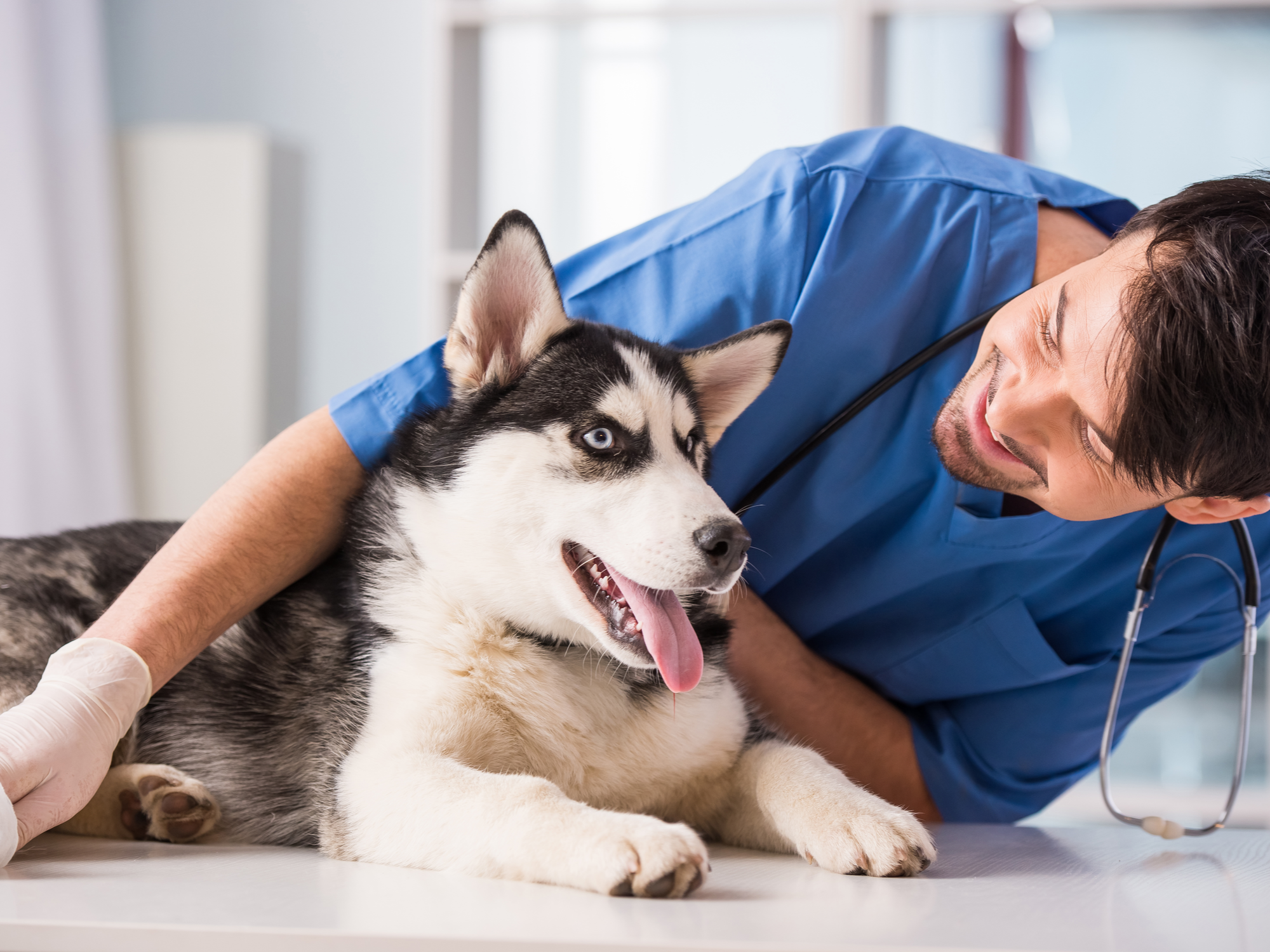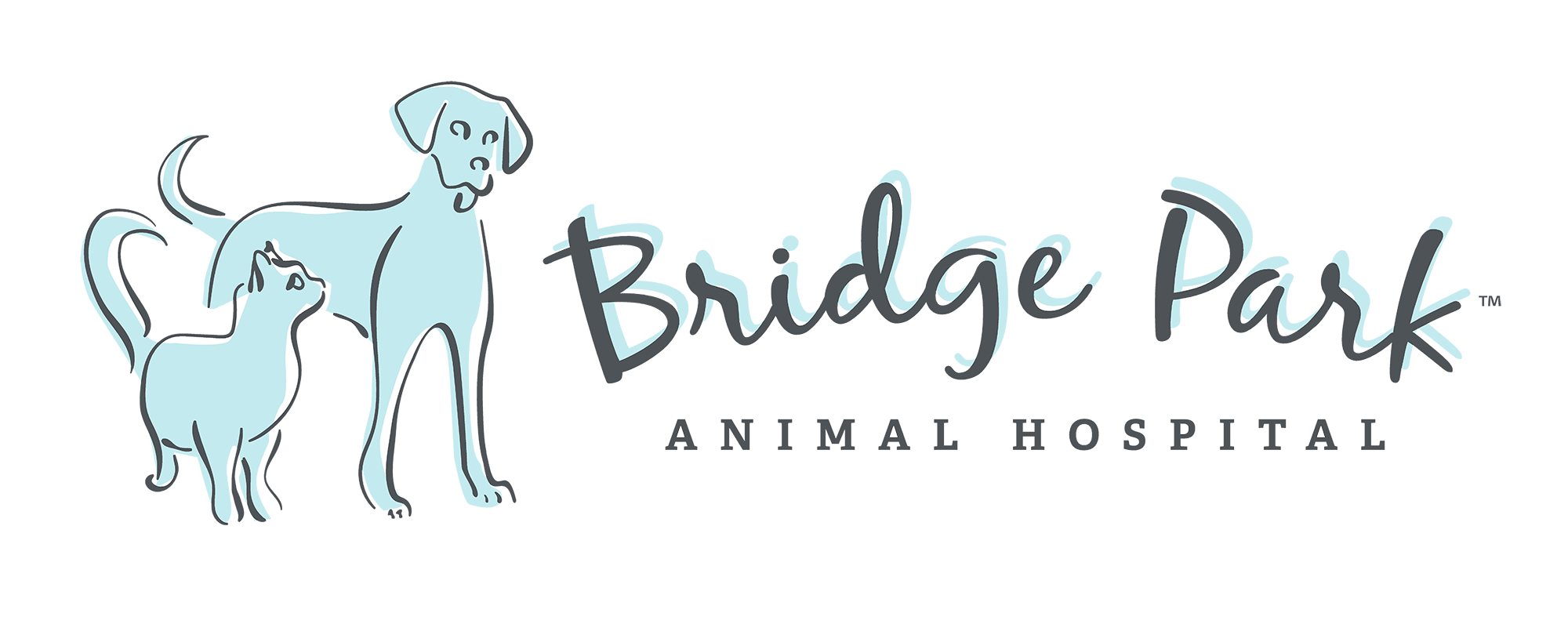Benefits of Veterinary Laser Surgery for Pets
Table of Contents

Laser surgery has improved over the last few decades and has become widely recognized for the benefits that come with it. Reduced swelling, as well as a reduction in pain, are at the top of the list when it comes to thinking about the benefits of laser surgery for your beloved furry friends.
Pain Reduction, Decreased Inflammation, and Reduced Risk of Infection
Laser beams seal the nerve endings as they cut through the tissues. Because sealing happens quickly, only minor damage is caused through the tissues. This results in significantly less pain. Bleeding is also more insignificant as the blood vessels close promptly during procedures.
Inflammation is also less common as a result of laser surgery. In traditional surgery, the surgical site and surrounding tissues come into contact with the surgeon and surgical tools — constant contact results in inflammation. By using a laser to perform surgery, only the surgical site is in contact with the laser, resulting in a minimum amount of swelling.
With laser surgery, lasers kill any bacteria present when the laser cuts through the tissue. The result is sterilization in the surgical area. As the bacteria is naturally reduced, the expected recovery time also decreases because infection complications are practically non-existent.
Improved Precision with Lasers
Laser surgery is exceedingly exact, with a variety of laser adjustments possible. Adjustments can be made to the laser beam that are fractions of a millimeter. These adjustments make for an incredibly precise surgical procedure. Using a laser also helps to improve the surgeon’s sight visibility, making it possible to conduct surgeries without any issues.
Visibility vastly improves because of the way the laser works. As mentioned above, lasers reduce the amount of blood as blood vessels are sealed. Without the excess blood, it is easier to see what is happening in the incision as the vet works on the area.
Surgical Procedures and Laser Surgery
Soft tissues are the ones that can take advantage of laser surgery. Spaying and neutering are often successfully completed with laser surgery too. Additionally, lasers can be used to remove skin growths like tumors or cysts, eyelid surgeries, and even to handle problems in your pet’s mouth or throat.
You can also expect that a vet would use a laser to do nasal surgeries or remove polyps from an ear canal. For pet rats, being able to remove growths can be challenging, given their small stature. With the precision provided by a laser, removing them is a much easier task.
Lasers and the Future
Soft tissues are cut by lasers now, but there are possibilities in the future that lasers can be used to fix tissue instead of just cut it. It is also expected that even more advancements in lasers will result in being able to reach areas that are currently difficult for vets to reach normally.
To schedule an appointment or request a consultation, give Bridge Park Animal Hospital a call at 470-768-8755 to visit our Johns Creek, Georgia, location.
